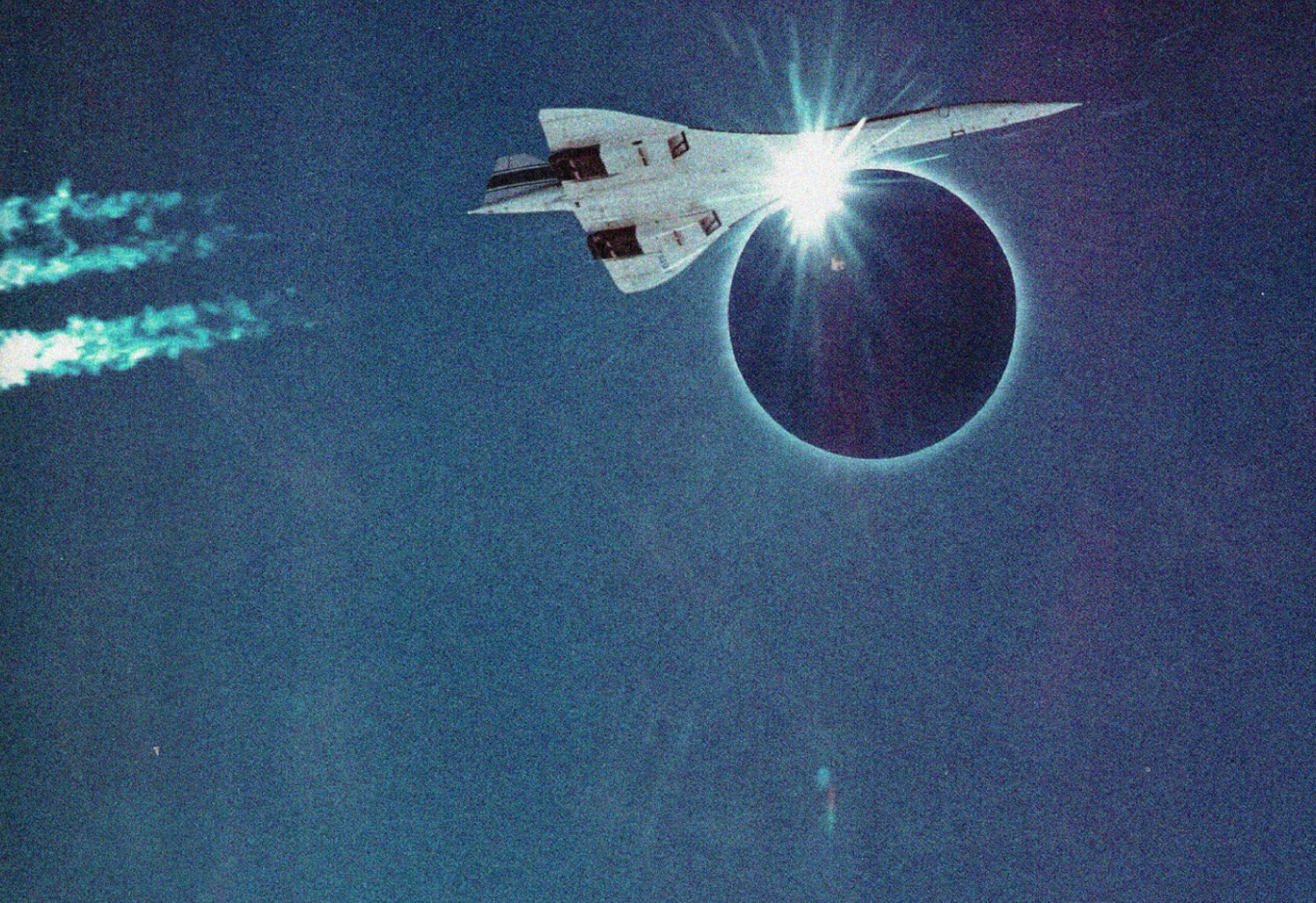

The Concorde airplane completed its first successful transatlantic crossing in September of 1973, and it inaugurated the world’s first scheduled supersonic passenger service on January 21, 1976—British Airways initially flying it from London to Bahrain and Air France from Paris to Rio de Janeiro. Concorde 001’s initial 1973 “Solar Eclipse Mission” set the record for the longest solar eclipse observation (74 minutes).
Both British Airways and Air France added regular service to Washington, D.C. in May 1976, and later to New York City in November 1977. Other routes were added both temporarily and seasonally, and the Concorde was flown on chartered flights to international destinations. Regular charter flights were eventually pursued by a handful of UK and French tour operators.
However, the aircraft’s noise and operating expense limited its service. Financial losses and poor publicity prompted by detrimental accidents led both airlines to cut routes, eventually leaving New York City as their only regular destination. Concorde operations were finally ceased by Air France in May 2003 and by British Airways five months later because of these factors, as well as the post-September 11th air travel slump and unjustifiably high maintenance costs.